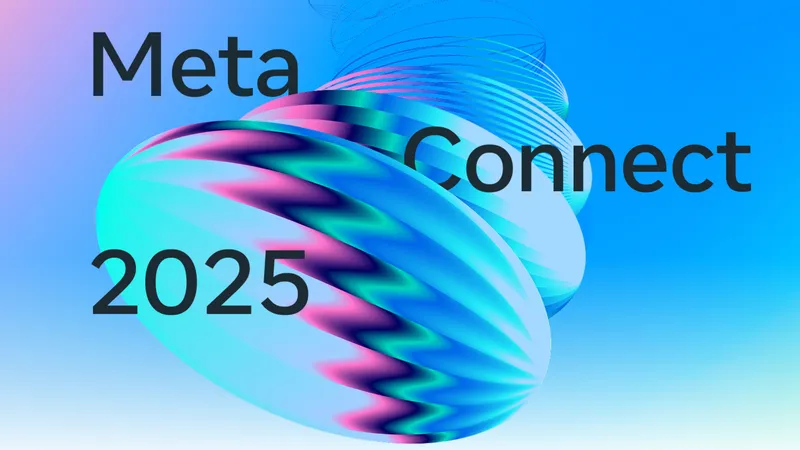As we maneuver through a new year of VR and content grows in quality and quantity, it’s expected that space offered to VR at exhibits and such grow along with it. VR dedicated spaces naturally expand, industries with a light interest in the technology open more space, and industries more invested like gaming may nearly double their VR efforts. Film festivals are stepping it up as well by finding ways to evolve their VR offerings for attendees and Loren Hammonds, a programmer for Tribeca leading the virtual charge, shared some insight on the new changes for this year’s festival.
Last year at Tribeca, VR was featured but not for the entirety of the event. This time they’ve expanded the VR exhibit to run the full event from April 21st to April 29th and will have a mixture of mobile VR with Samsung Gear and the tethered Oculus Rift and HTC Vive.
“This season Tribeca immersive includes 30 virtual reality experiences as part of the Virtual Arcade, including our Storyscapes selections which are in competition,” says Hammonds. The Immersive program will be housed at the Festival Hub on 50 Varick St. in New York City. With VR being a bit different by requiring the use of headsets, the rules for those experiences are a bit different and they’re allowing attendees to enter 3 times max per day so that they can fit as much as possible into a 3-hour viewing. The Storyscape selections tackle tough topics such as racism and violence, which are subjects that benefit from impactful immersion of VR.
“My aim this year when curating was to find virtual reality that best illustrated storytelling,” Hammonds describes when asked how he seeks out content for the exhibit. “I’m excited by the fact that VR has moved beyond the demo phase and into fully realized experiences that can play to our audiences and help to drive adoption, whether narrative or documentary.”
The Sundance Film Festival that took place in January expanded their VR efforts as well and even included some AR content. Tribeca hasn’t quite expanded to that point, but they’re keeping their eyes on the tech. “At the moment I haven’t really had an opportunity to see any AR which works extremely well on the storytelling front, but I’m sure that that will change very soon,” Hammonds says. “We do have a few very exciting Mixed Reality experiences, including Draw Me Close, which incorporates a motion captured actress who appears in the virtual reality environment, and a host of other projects that feature haptics in new and interesting ways.”






























